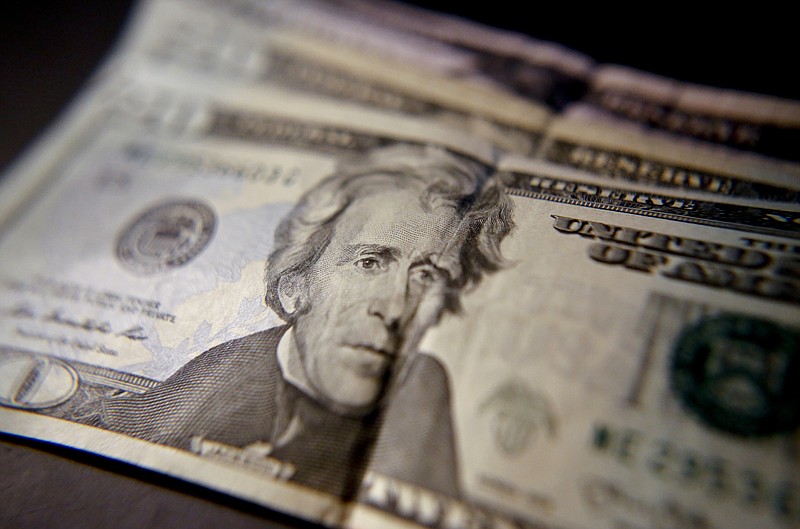WASHINGTON (AP) - The proportion of Americans without health insurance edged up in 2018 - the first evidence from the government that coverage gains under President Barack Obama's health care law might be eroding under President Donald Trump.
The Census Bureau also said in an annual report Tuesday that household income rose last year at its slowest pace in four years and finally matched its previous peak set in 1999. Median household income increased 0.9 percent in 2018 to an inflation-adjusted $63,179, from $62,626 in 2017.
The data suggests the current economic expansion, now the longest on record at more than 10 years, is still struggling to provide widespread benefits to the U.S. population. Solid gains in household incomes over the past four years have returned the median only to where it was two decades ago. And despite strong growth last year in the number of Americans working full time and year-round, the number of people with private health insurance remained flat.
The Census report found 27.5 million people, 8.5 percent of the population, lacked health insurance coverage in 2018. That was an increase of 1.9 million uninsured, or 0.5 percentage point.
One bright spot in the report was that the poverty rate fell for a fourth straight year to 11.8 percent, its lowest point since 2001. The proportion of households led by women that were poor reached a record low.
"While any reduction in poverty or increase in income is a step in the right direction, most families have just barely made up the ground lost over the past decade," said Elise Gould, senior economist at the liberal Economic Policy Institute.
Though income inequality narrowed last year, it remains near record levels reached in 2017. Last year, the richest 5 percent of the U.S. population captured 23 percent of household income.
Still, steady hiring and an unemployment rate at 3.7 percent, near a five-decade low, have helped raise earnings for lower-paid workers employed by restaurants, warehouses, shipping firms and other sectors of the economy. This trend has contributed to a decline in poverty.
On health insurance, more people were covered by Medicare, reflecting the aging of baby boomers. However, Medicaid coverage declined. The number of uninsured children also rose. And there were more uninsured adults ages 35-64.
Though the increase in the number of uninsured Americans was modest, it could be a turning point, the first real sign that coverage gains under Obama could be at least partly reversed. This year, the number of uninsured could rise again. That's because a previous Republican-led Congress repealed fines under the Affordable Care Act that had been intended to prod people to sign up for coverage.

